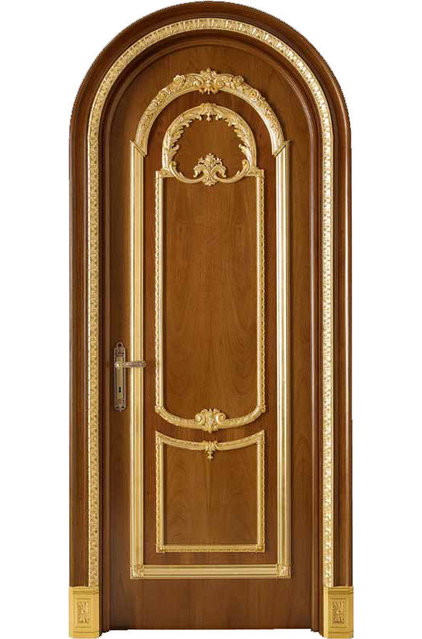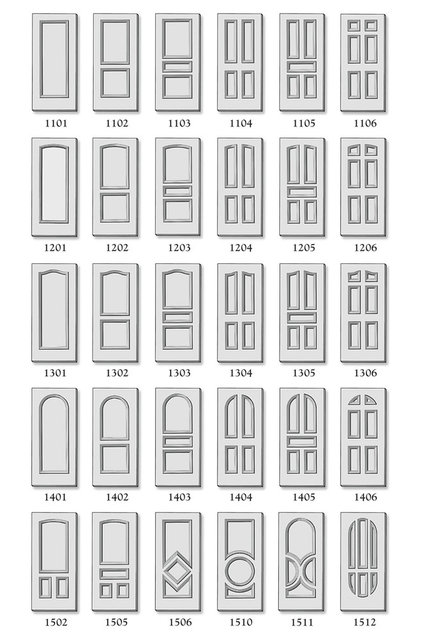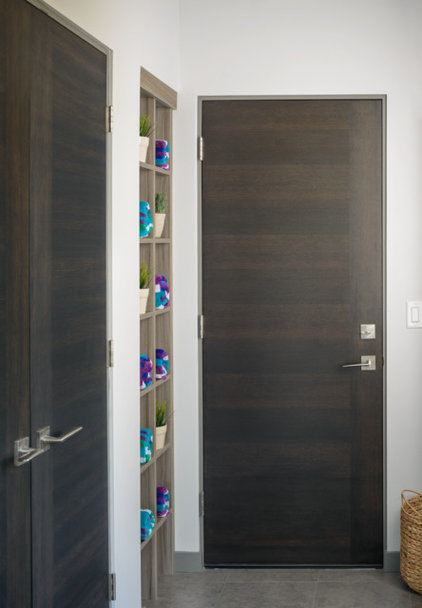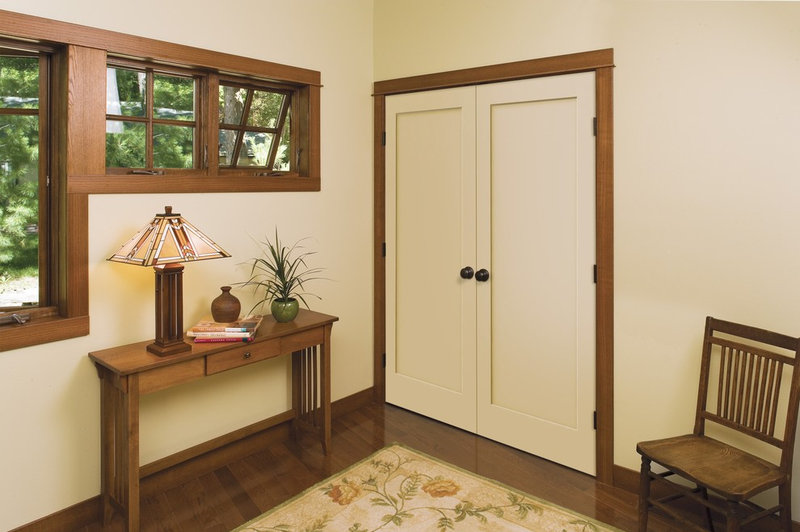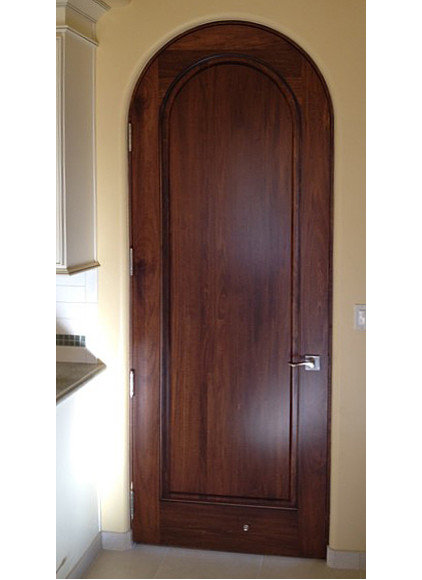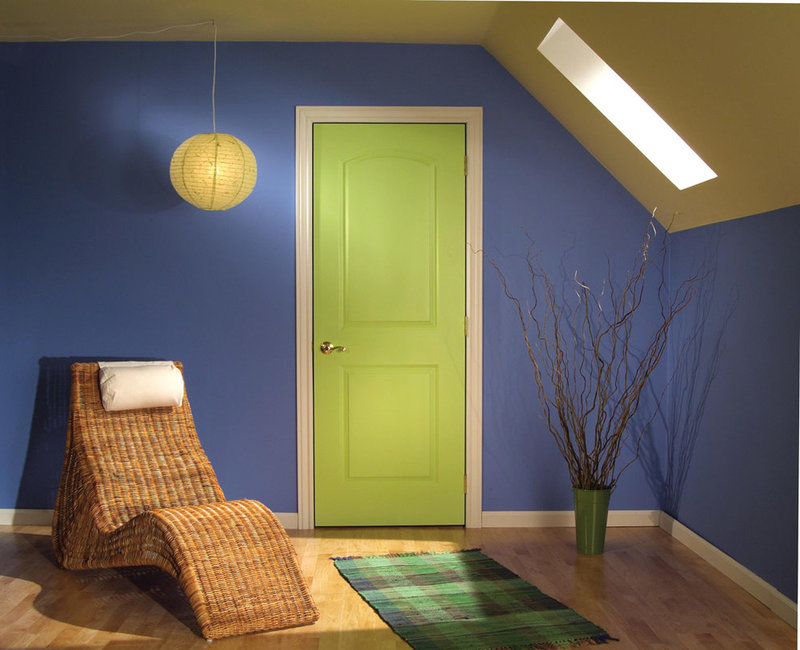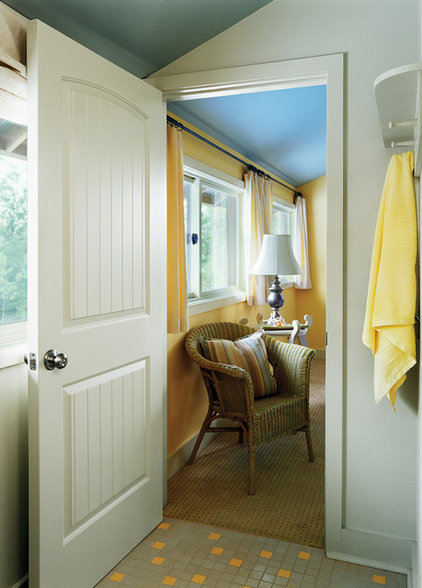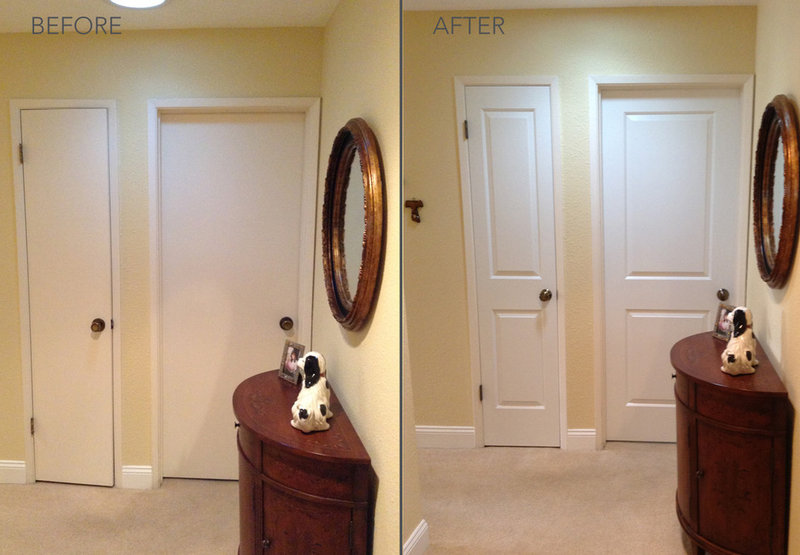Pilgrim-Era Homestead with All the Trimmings Asks $1.5M – On the Market – Curbed National.
Category Archives: Cross River NY
Baby boomers key to robust real estate market | Cross River Real Estate
“Build it and they will come.” That phrase had characterized Clark County’s real estate market for decades. But are we ready to build the housing that will meet the needs of those who help drive the local market: the baby boomers?
The year 2013 was a continuation of the momentum in home sales that started in 2012. Prices continued to modestly increase. With this stability in the market, many savvy but cautious buyers were ready to take the plunge.
This improvement in the housing market also created hope for many homeowners who had suffered substantial losses in value over the past several years and now found themselves in a more favorable position to sell.
The shift from a buyer’s market to a seller’s market came early in the year, when buyers very aggressively returned to the market. The listing inventory in certain price ranges was quickly depleted.
A seller’s market emerged, with multiple offers on some properties, especially in the lower price ranges — less than $200,000, and $200,000 to $250,000. Prompted by low interest rates and good values, buyers continued to pursue homeownership.
The next 12 months should be characterized by an increase in housing inventory. More homeowners will be reaching the point where their equity position is improved enough to no longer be “underwater.” As those sellers enter the housing market, we should see inventories adequate to satisfy a thirsty supply of buyers.
Many baby boomers are homeowners who want to move from a large two-story into a single-level home in a quality, secure neighborhood with perhaps a smaller yard. They are not finding many choices in this category, particularly if they aren’t interested in paying more than $400,000 for the home. They want newer, quality construction — they don’t want to downgrade, they just want to downsize.
http://www.columbian.com/news/2014/jan/23/baby-boomers-key-to-robust-real-estate-market/
Nation’s biggest MLS set to pull out of CARETS data-sharing venture | Cross River Homes
Lenders Still Reject Nearly Half of Hopefuls | Cross River Real Estate
China home prices slow growth during December | Cross River Real Estate
Buyers want a photo-driven search experience | Cross River Real Estate
Upwards of 80 percent of buyers want to see property photos first when searching for a home, according to Robyn Woodman, a real estate broker and head of business development at Portland, Ore.-based real estate startup Househappy.
Househappy, a participant in Startup Alley at Real Estate Connect New York City, was founded in 2011 by Kevin McCloskey, a real estate broker with 27 years’ experience in the business.
The startup launched its visually based search site in March 2013. Househappy.org is free for consumers, agents and brokers, and McCloskey has vowed it will remain so. He plans to monetize the site with advertising from home services and other merchants near properties. Listing agents or brokers are posted directly on a listing page with no competing advertising from other agents.
The site obtains its listings from broker data feeds and manual uploads from listing agents or brokers. A deal with a major listing syndicator is also in the works.
Househappy recently raised $1.5 million in a funding round lead by Skechers exec Jeff Greenberg. That funding was on top of $1 million in seed funding previously raised from angel investors.
– See more at: http://www.inman.com/2014/01/15/buyers-want-a-photo-driven-search-experience/?utm_source=20140116&utm_medium=email&utm_campaign=dailyheadlinesam#sthash.S2Yc3QBi.dpuf
Upgrade Your House With New Interior Doors | Cross River NY Real Estate
Interior doors play a more important role than you might realize. While they are minor elements in the grand scheme, they add architectural detail and style to a house. As something we use every day, doors create a tactile experience that leaves a significant impression. Closing a solid wood door, for example, feels very different than closing a hollow door made of synthetic materials.
Who to hire: Replacing an interior door can be a good DIY project for someone who has at least a moderate level of skill in home improvement — but it doesn’t cost much to have interior doors installed by a reliable handyperson or licensed contractor. As for the design and which doors to choose, you will never regret the assistance of a competent design professional.
Permit: Rarely will you need a permit to replace an interior door. While there are minimum widths required for certain circumstances, it is unlikely that you would want less than the minimum anyway. One door that many consider an interior door is the one between the house and the garage. This technically is considered an exterior door, and it is wise to understand that these doors must have self-closing hardware and be fire rated. Consult a professional if you are changing this door.
Even if you hire someone to do the work, it is always a good idea to have a basic understanding of what needs to be done, so read this tutorial on how to replace one kind of door and jamb.
Project length: Give yourself a few hours per door. A handyperson or contractor can probably replace a door in about an hour. It all depends on how many doors you replace at once, but this is a project that can likely be done in less than a month, even in more complicated cases.
Best time to do this project: Since all of the work takes place inside the house, you can do this project just about any time of year, though it is best not to start projects of this nature in the weeks before significant holidays, since you probably want your house neat if you intend to entertain.
Let’s take a look at the simplest door first and then progress by the number of panels.
Flush Doors
A flush door can come with a hollow or solid core, primed for painting or finished in a wood veneer, as shown here. Typically it is the least expensive, and is well suited to modern architecture.
Cost: Doors start at under $50 for a hollow core with a primed surface. Prices jump significantly for solid wood doors; expect to pay between $200 and $300 for the more common styles and sizes.
This flush door has a more complex veneer finish. Some manufacturers will offer set choices for veneer designs, while others can do custom configurations.
Patterned veneers increase the cost substantially.
Single-panel doors are suitable for and often found in Craftsman houses as well as other modest houses of the 1920s and 1930s.
You can get a single panel on an arched door like this one. Just one or two of these in key places in your house can add lots of character. You will often find these in Spanish colonial and Spanish eclectic architecture.
As you will see in the following examples, variations on two-panel designs are many. This particular type, with its segmental arched top panel, is great for French country and French eclectic homes.
Very similar to the previous example, this door has a plank detail within the panel. This evokes a farmhouse or country feeling. This embossed design comes from the tongue and groove wood joinery found on old-fashioned stile and rail doors.
The Google Bus Protests Are Really About Bay Area Home Prices | Cross River NY Homes
So I haven’t been following this very closely, but I’m catching up on the Google bus controversy in the Bay Area.
From what I’ve gathered, a growing number of Silicon Valley workers, from Google and other companies, are finding themselves in San Francisco, some 40 miles from San Jose, Palo Alto, Sunnyvale, Cupertino, Mountain View and the other towns that make up the high-tech hub.
Workers are moving to the City By The Bay presumably because they’re drawn to the city’s attractiveness, amenities and dynamism, which the Valley apparently lacks (never been there, so this is totally impressionistic).
In response to this shift, Google and others are orchestrating private buses to transport workers from the City to the Valley, and paying the City of San Francisco good money to use its bus stops. This has prompted protests from SF residents decrying the impact of the Valley workers on affordable housing and in altering the character of the city.
Read more: http://cornersideyard.blogspot.com/2014/01/the-wheels-on-bus-go-round-and-round.html#ixzz2qI1vy4Kg
Hot Anchorage home market drives prices up to average $347,000 | Cross River Homes
Government thinks it can fix struggling communities | Cross River Real Estate
The Secretary of Housing and Urban Development joined the education and agriculture secretaries Thursday in a press conference to elaborate on what will be involved in President Obama’s new “promise zone” initiative.
President Barack Obama announced that he is starting a new government program designed to help economically challenged communities.
The promise zone initiative, Obama said, will focus on attracting private investment to replace distressed housing with what they call “mixed-income” housing, reducing crime, providing tax incentives to stimulate economic growth, and promoting programs to help high schools retain and graduate students.
The first five locations will be San Antonio, Philadelphia, Los Angeles, Southeastern Kentucky, and the Choctaw Nation of Oklahoma. The White House plans to announce 15 more promise zones over the next two years in blighted rural and urban areas.
HUD Secretary Shaun Donovan said the effort will integrate housing, education and crime relief efforts, and bring together local community leaders with businesses through tax credits, coordinated by federal oversight.
“This is a sharp departure from the way the government provided aid in the past,” Donovan said. “Washington would swoop in and impose solutions without working with local leaders to support their visions and strengthen all assets needed for communities to thrive.”
“We want to bring together a wide variety of stake holders to better communities,” Donovan said. “Home is the foundation of all of our lives. Now we are going to connect housing with other efforts to expand opportunity.”
Donovan said that the tax credit component of the promise zone initiative is critical, especially for housing and job creation.
“Yes, these zones will work without tax credits, but no, not to full capacity,” he said. “Those tax credits that will be proposed are critical in accelerating job creation and improving housing.”
He added he believed the promise zones initiatives and tax credits will receive bipartisan support in Congress.
http://www.housingwire.com/articles/28537-big-promises-the-white-house-is-making-now-about-housing

